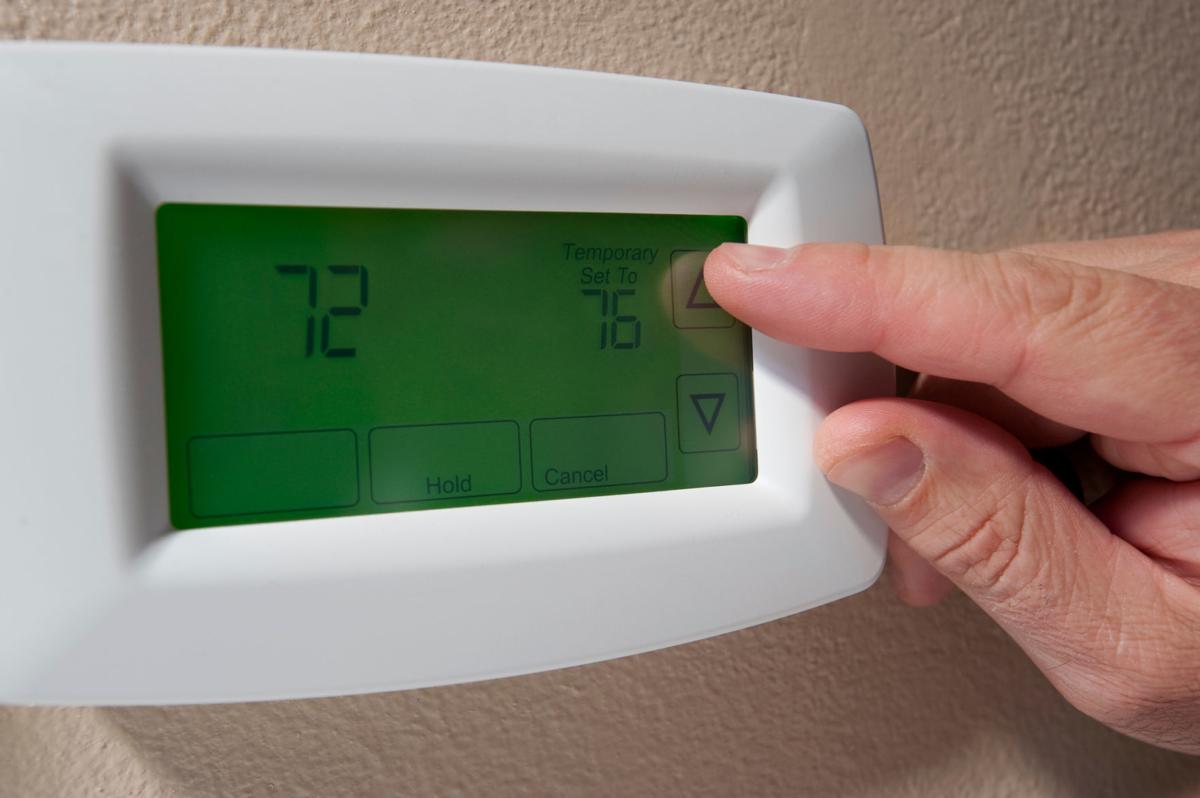Question: My air conditioning unit is not keeping my home as cool the last couple of weeks? Should I be preparing for a repair?
Answer: Arizona desert dwellers know that summer temperatures make their AC units work hard. Richard Rojo of Trane stresses, “it is not just the high heat that is a strain on our units. The humidity is the real culprit as it demands our units to not only cool but also remove the moisture from a much heavier air.” If you think your AC is working harder and it is not cooling as well as you are used to, you may be right. Though we don’t suffer the high humidity of the southern states, anything above 32% can certainly affect our comfort level. You may be tempted to call for service but before you do, try turning your AC down 2 to 3 degrees. This may be necessary to achieve the comfort you are used to when the air is drier.
Q: My condensate line drips all the time. Is that a good thing?
A: Yes, it is important to monitor your condensate line and make sure that it is dripping especially during humid weather. If you have a roof mounted unit, Rojo explains, you should be able to see your condensate line protruding off the eave of your roof. The higher the humidity, the more there should be water draining from that spout. If you are not seeing water dripping or even pouring from that line, it is time to call your trusted AC contractor to service your unit. The condensate line is most likely plugged and may trigger your AC unit to shut off.
It may also cause water to back up and cause damage to the roof, attic or interior living space. If you have an attic mounted unit, says Rojo, typically you will see two PVC lines protruding from an exterior wall of your home. The lower of the two lines is for the primary drain pan. The line that is 10-20 feet above it is the drain for the secondary pan. If the secondary line is draining, it is an indication that the primary pan is clogged and needs service. Have the unit serviced to avoid your unit shutting off or possible water damage to your home.
Q: What is the difference in units that have variable speed and two-stage technology?
A: Variable speed technology is the most efficient AC on the market at this time. Variable speed units have up to 750 speeds allowing the unit to draw just as much power as is needed to keep your unit purring along at maximum efficiency. Rojo says, to understand variable speed, compare it to your vehicle AC. Once you get in and cool your car off, you can adjust the temp right where you like it, without turning off the AC. You stay comfortable and don’t have to go through spikes in the temp waiting for the AC to kick on. Variable speed allows your unit to work like your car, maintaining a constant temperature without engaging the high speed of the compressor which is the biggest energy consumer of your unit. Two-stage units save on your energy bill as well. They are more efficient than a traditional unit and have two speeds.
To continue with the vehicle analogies, they work like a four-wheel drive vehicle. You have two-wheel drive for normal driving and four-wheel drive for more challenging terrain. Running the unit at the first stage draws less energy and saves on your bill.
Generally, a more efficient AC unit will cost more but, will provide more savings on your monthly energy bill.
Q: Do air purifiers work?
A: Many of them do. Just be careful that you do your research. Units that sit at your desk or that you wear around your neck are very limited. We like the whole house purifiers that are housed in the return air of your air conditioning for improving air quality. One type of unit that is used to purify air adds a positive charge to particles that get past the air filter. These positively charged particles are then drawn into a negatively charged collection cell. One example, CleanEffects by Trane, works on this principle and is installed at the time a new AC is installed. The collection cell needs to be cleaned every four to six months. As always, replace air filters once a month. Other purifiers, like the Reme Halo Whole Home in Duct Air Purifier by RGF, clean with a LED light that is installed into the air supply stream.
The light zaps harmful dirt and dust, pollen, and viruses killing them on contact. No air purifiers have been proven to kill COVID-19 at this time. Be suspicious of companies who claim otherwise. Check out their websites for a list of impurities that each type of unit removes.





